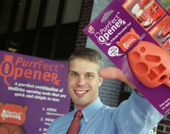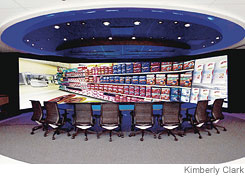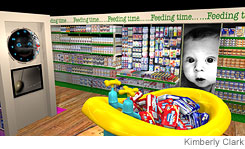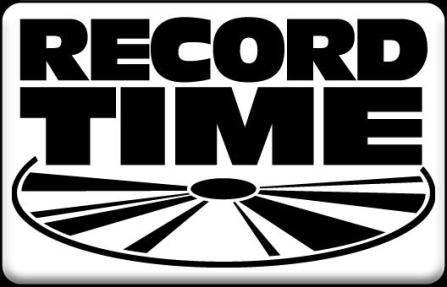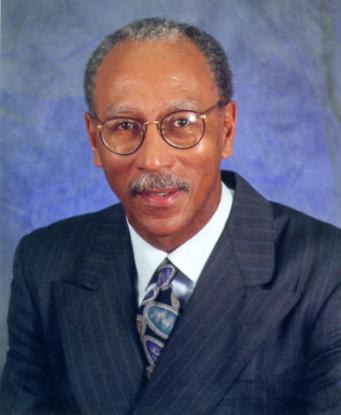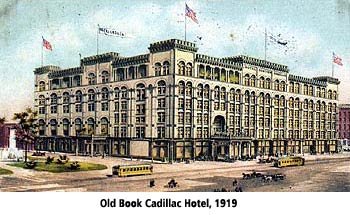Jackie Victor and her partner had no business experience and weren’t bakers, but they formed the right relationship with the earth, the community, and their employees and have now been successful for over 10 years. Though, they have learned several lessons along the way. They learned to do your homework, start small, have a value based business, provide something exceptional, and think outside of the box and be bold.
Lesson One: Do your homework.
For Jackie and her partner, this meant to write a business plan. “The clearer your intentions, the clearer your outcomes,” she says. Setting goals helps guide your business.
Lesson Two: Start small.
Build as you see demand, and not before. Jackie and her partner paid themselves since day one, but only modestly in the beginning. They always follow their gut.
Lesson Three: Create a value based business.
Jackie highly recommends “The Purple Cow.” Not only is it a great book, but a very popular strategy. This is about viral marketing. Find the people known as “sneezers.” These are the people that “sneeze” wonderful words about your business to others. They actively spread the word. First you must create a core of devoted followers that share your values. Jackie personally prefers Detroit customers. She says they are the best; second to none.
Lesson Four: Provide something exceptional.
People believe people that talk about your business more than they believe you or a paid advertisement. Find out who your “sneezers” are and provide exceptional products and services. Then keep reinventing the cow. Keep doing exceptional things. “Exceptional Detroit businesses don’t go out of business,” she says.
Lesson Five: Think outside of the box and be bold.
Think outside your familiar areas. Move to unexplored territory. Be brave. Set your values high and value them. Also, the press is far more important than paid advertising. It is “earned media.” By doing exceptional things you can earn the media.
These are the 5 lessons that Jackie and her partner learned along their 10 year journey at Avalon. Jackie believes that if you truly keep these lessons close to the heart that you will have a flourishing business… especially in Detroit.


